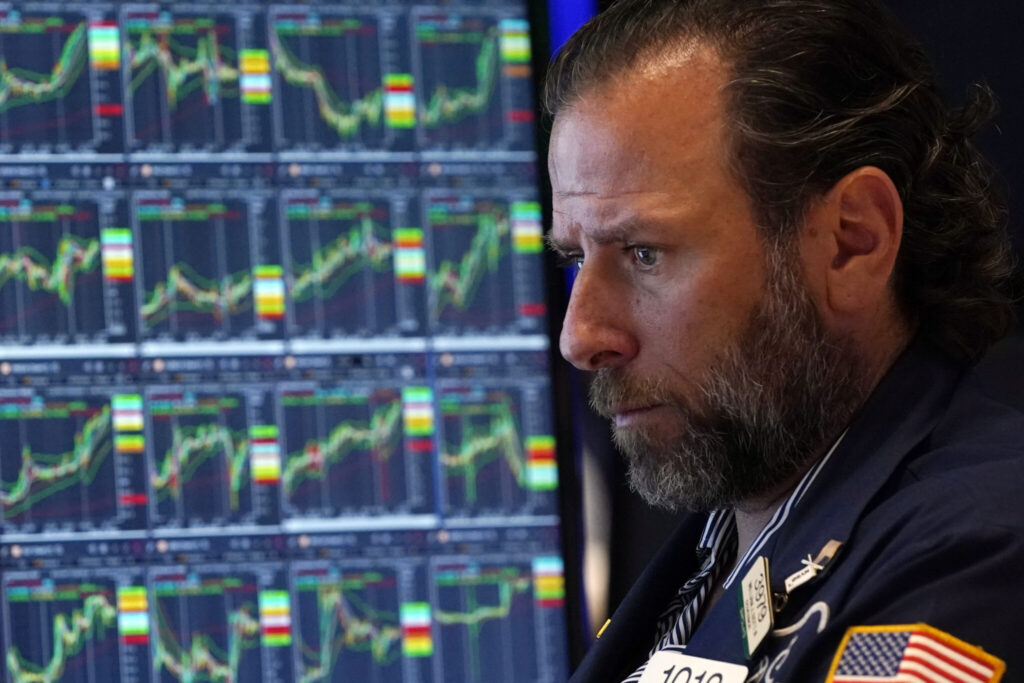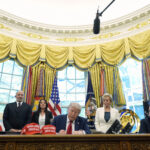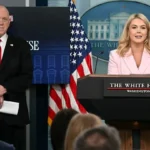A surprising rise in the U.S. unemployment rate last month has rattled financial markets and set off new worries about the threat of a recession — but it could also prove to be a false alarm. Friday’s jobs report, which also showed hiring slowed last month, coincides with other signs the economy is cooling amid high prices and elevated interest rates. A survey of manufacturing firms showed activity weakened noticeably in July. Hurricane Beryl, however, hit Texas during the same week the government compiles its job data and could have held back job gains.
Quick Read
- A surprising rise in the U.S. unemployment rate last month has raised concerns about a possible recession.
- The unemployment rate increased to 4.3% last month, the highest since October 2021.
- The U.S. Labor Department’s jobs report showed that hiring also slowed last month.
- This coincides with other signs of economic cooling, such as weakened manufacturing activity in July.
- Hurricane Beryl, which hit Texas during the same week the job data was compiled, might have affected job gains.
- Traditionally reliable recession indicators have been inconsistent since the COVID-19 pandemic.
- Former President Donald Trump’s campaign claims the jobs report indicates a failing Biden-Harris economy.
- President Joe Biden highlighted nearly 16 million jobs added since he and Vice President Kamala Harris took office.
- The unemployment rate increase triggered the Sahm Rule, indicating a recession might already be underway.
- Claudia Sahm, who developed the rule, doubts a recession is imminent.
- Other recession signals, such as the inverted yield curve and two consecutive quarters of falling economic output, have also been unreliable post-pandemic.
- Federal Reserve Chair Jerome Powell noted that many traditional economic rules have not held during the pandemic era.
- Economists have struggled to interpret economic trends following the pandemic shutdown and subsequent strong recovery.
- Post-pandemic trends, including the influx of immigrants, have affected labor market indicators.
- The inverted yield curve, a historical recession predictor, has not been accurate this time.
- Factors such as government financial assistance packages have muted the impact of Fed rate hikes.
- The underlying economy showed growth even when top-line GDP numbers indicated a recession.
- Despite the rise in unemployment, consumer spending remains strong, suggesting the economy may not be headed for a severe downturn.
The Associated Press has the story:
Unemployment rise spurs fears of slowdown, yet recession signals have been wrong so far
Newslooks- WASHINGTON (AP) —
A surprising rise in the U.S. unemployment rate last month has rattled financial markets and set off new worries about the threat of a recession — but it could also prove to be a false alarm. Friday’s jobs report, which also showed hiring slowed last month, coincides with other signs the economy is cooling amid high prices and elevated interest rates. A survey of manufacturing firms showed activity weakened noticeably in July. Hurricane Beryl, however, hit Texas during the same week the government compiles its job data and could have held back job gains.
The U.S. economy used to flash reliable signals when it was in or near a recession. But those red lights have gone haywire since the COVID-19 pandemic struck and upended normal business activity. Over the past two or three years, they’ve signaled downturns that never arrived as the economy just kept rolling along. Worries about a recession are also quickly politicized, even more so as the presidential election intensifies. Former President Donald Trump’s campaign on Friday said the jobs report is “more evidence that the Biden-Harris economy is failing Americans.”
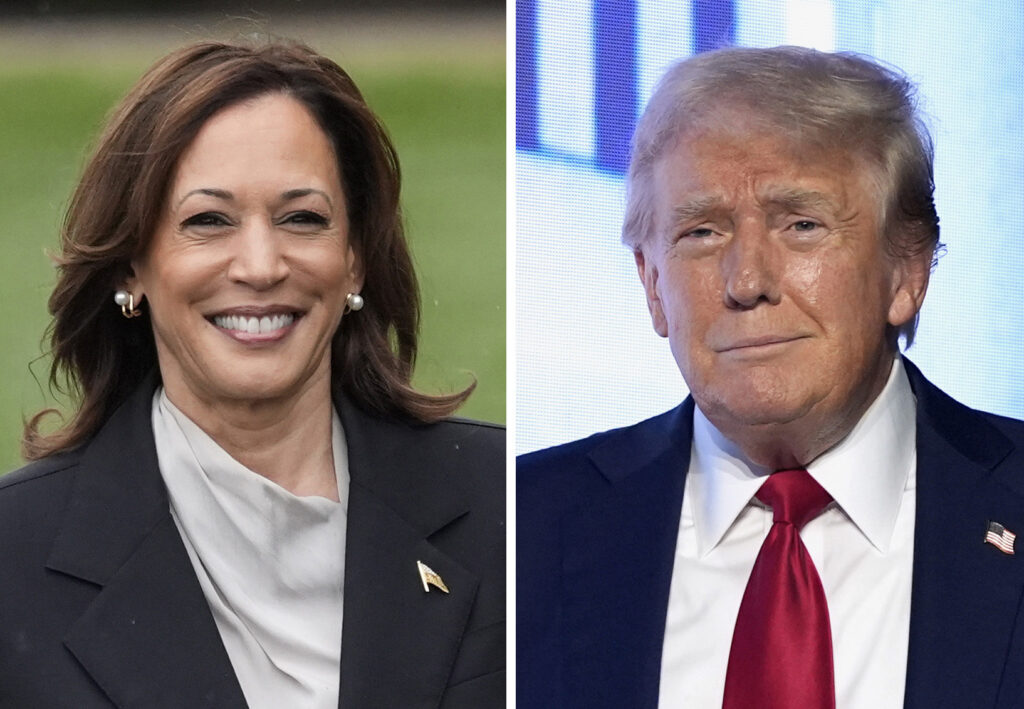
For his part, President Joe Biden said that since he and Vice President Kamala Harris took office, the economy has added nearly 16 million jobs, while the unemployment rate fell to half-century lows. Some of those job gains reflect a bounce-back from the pandemic, but the U.S. now has 6.4 million more jobs than it did before COVID-19. Even so, Friday’s report from the U.S. Labor Department is raising recession fears again. The Dow Jones average tumbled more than 700 points, almost 2%, in afternoon trading Friday, and the broader S&P 500 fell 2%.
Markets likely panicked in part because when the unemployment ticked up to 4.3% last month — the highest since October 2021 — it set off the so-called Sahm Rule. Named for former Fed economist Claudia Sahm, the rule holds that a recession is almost always underway already if the three-month average unemployment rate rises by half a percentage point from its low of the past year. It’s been triggered in every U.S. recession since 1970. But Sahm herself doubts that a recession is “imminent.’’ Speaking before the numbers came out Friday, she said: “If the Sahm Rule were to trigger, it would join the ever-growing group of indicators, rules of thumb, that weren’t up to the task.’’
Other previously trustworthy recession indicators that have flopped in the post-pandemic era include:
— A bond market measure with a dry-as-dust label: The “inverted yield curve.’’
— The rule of thumb that two consecutive quarters of falling economic output amounts to a “technical recession.’’
On Wednesday, Federal Reserve Chair Jerome Powell said he is aware of the Sahm Rule and its implications, but noted that other recession signals, such as changes in bond yields, haven’t been borne out in recent years. “This pandemic era has been one in which so many apparent rules have been flouted,” Powell said at a news conference. “Many received pieces of received wisdom just haven’t worked, and it’s because the situation really is unusual or unique.” Powell spoke after Fed officials kept their key interest rate unchanged but signaled that they could reduce the rate as soon as their next meeting in September. Powell also downplayed the impact of the Sahm Rule, calling it a “statistical regularity.” “It’s not like an economic rule where it’s telling you something must happen,” he said.

For four years, economists have struggled to make sense of an economy that was first shut down by the COVID-19 pandemic, then roared back with such strength that it revived inflationary pressures that had lain dormant for four decades. When the Federal Reserve moved to tame price increases by aggressively raising interest rates starting in March 2022, economists almost uniformly predicted that the higher borrowing costs would cause a recession. It never came.
Post-pandemic trends in the American jobs market may have at least temporarily sapped the Sahm Rule of its potency. Unemployment has been rising steadily not so much because companies are slashing jobs but because so many people have poured into the job market. Not all of them have found work right away. The new arrivals have been dominated by immigrants — many of whom entered the country illegally. They are less likely to respond to Labor Department jobs surveys and therefore can go uncounted as employed.
The inverted yield curve, meanwhile, is also seen as a recession signal because of the expectation that a recession occurs when the Fed rapidly boosts its benchmark interest rate, which it raised 11 times in 2022 and 2023. An inverted yield curve occurs when the interest rate on shorter-term Treasury bonds, such two-year notes, rises above the rate on a longer-term bond, such as the 10-year Treasury. The switch happened in July 2022 and yields have been inverted ever since, the longest inversion on record.
Typically, longer-term bonds have higher yields to compensate investors for locking up their money for an extended period of time. When shorter-term bonds start paying out higher yields instead, it usually occurs because markets expect the Fed to crank up its short-term rate to quell inflation or cool the economy. Such steps often lead to a recession. An inverted yield curve has preceded each of the last 10 recessions, according to Deutsche Bank, usually by about one to two years. It did provide one false signal in 1967, when an inversion occurred but no downturn followed. Why hasn’t it been right, so far, this time?
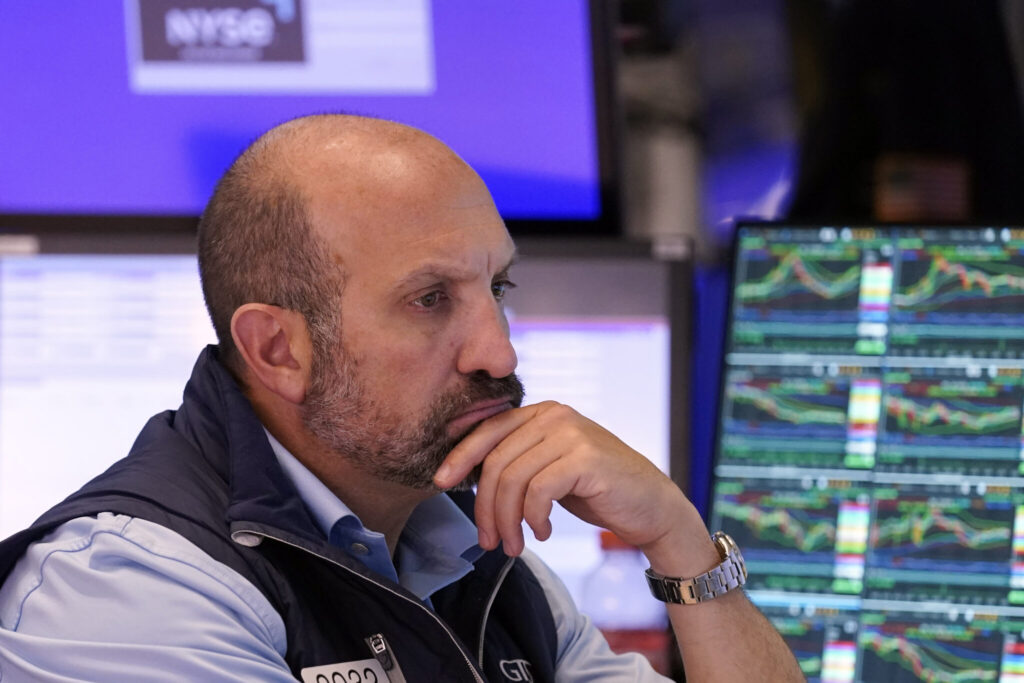
David Kelly, chief global strategist at J.P. Morgan Asset Management, says that historically the yield curve inverts in part because longer-term yields fall on the expectation that the Fed will cut rates once the economy falls into recession. Yet investors have been expecting the Fed to cut rates because inflation is falling, Kelly said, not in anticipation of a downturn. “The perception of why the Federal Reserve might cut short rates right now is quite different to the past, and that’s why the yield curve is not nearly as ominous as it has been in previous episodes,” Kelly said.
And Tiffany Wilding, an economist and managing director at bond giant PIMCO, says the government’s huge financial assistance packages, totaling roughly $5 trillion in 2020 and 2021, enriched consumers and business alike. As a result, they have been able to spend and invest without borrowing as much, muting the impact of the Fed’s rate hikes and dulling the signal from the inverted yield curve.
Also in 2022, the government reported that gross domestic product — the economy’s output of goods and services — had fallen for two straight quarters, a long-time rule of thumb that has nearly always accompanied a recession. Then-House Speaker Kevin McCarthy, R-Calif., said the U.S. economy was in recession that month. He turned out to be wrong. True, the top-line economic numbers showed that output was falling. But another measure in the GDP report told a different story: Stripping out volatile items such as inventories, government spending and imports, it showed that the underlying economy continued to expand at a healthy pace.
Economists are concerned that last month’s rise in the jobless rate could portend a broader slowdown. Yet consumers, particularly higher-income ones, are still increasing their spending, and as long as layoffs remain low, they are likely to keep doing so. “It doesn’t seem to me like the U.S. economy has fallen out of bed,” said Blerina Uruci, chief U.S. economist at T. Rowe Price’s fixed income division. “I’m still not in the camp that the U.S. economy is headed for a hard landing.”

